Accidents often bring unexpected results, and sometimes, those results can be so impressive that they lead to world-changing inventions. While this may sound unlikely, it’s actually more common than you might think. Here are 16 such serendipitous inventions that changed the world.
Penicillin
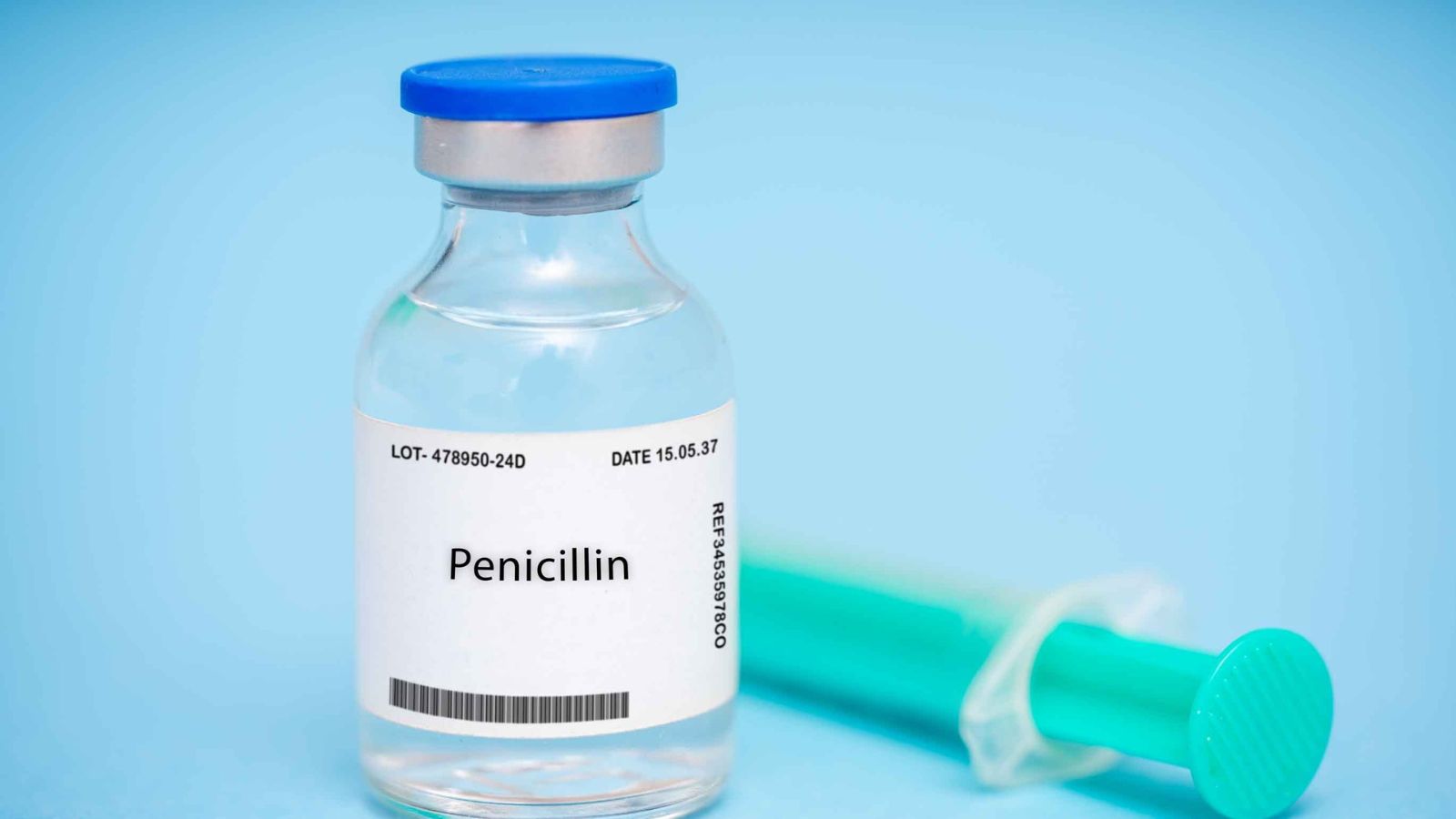
As the British Science Museum remembers, one of the most famous accidental inventions was Alexander Fleming’s discovery of penicillin in 1928, which revolutionized medicine forever. Fleming left a petri dish of Staphylococcus bacteria uncovered, and mold began to grow, killing the bacteria. This mold, Penicillium notatum, led to the development of antibiotics, saving countless lives from bacterial infections.
Post-it Notes
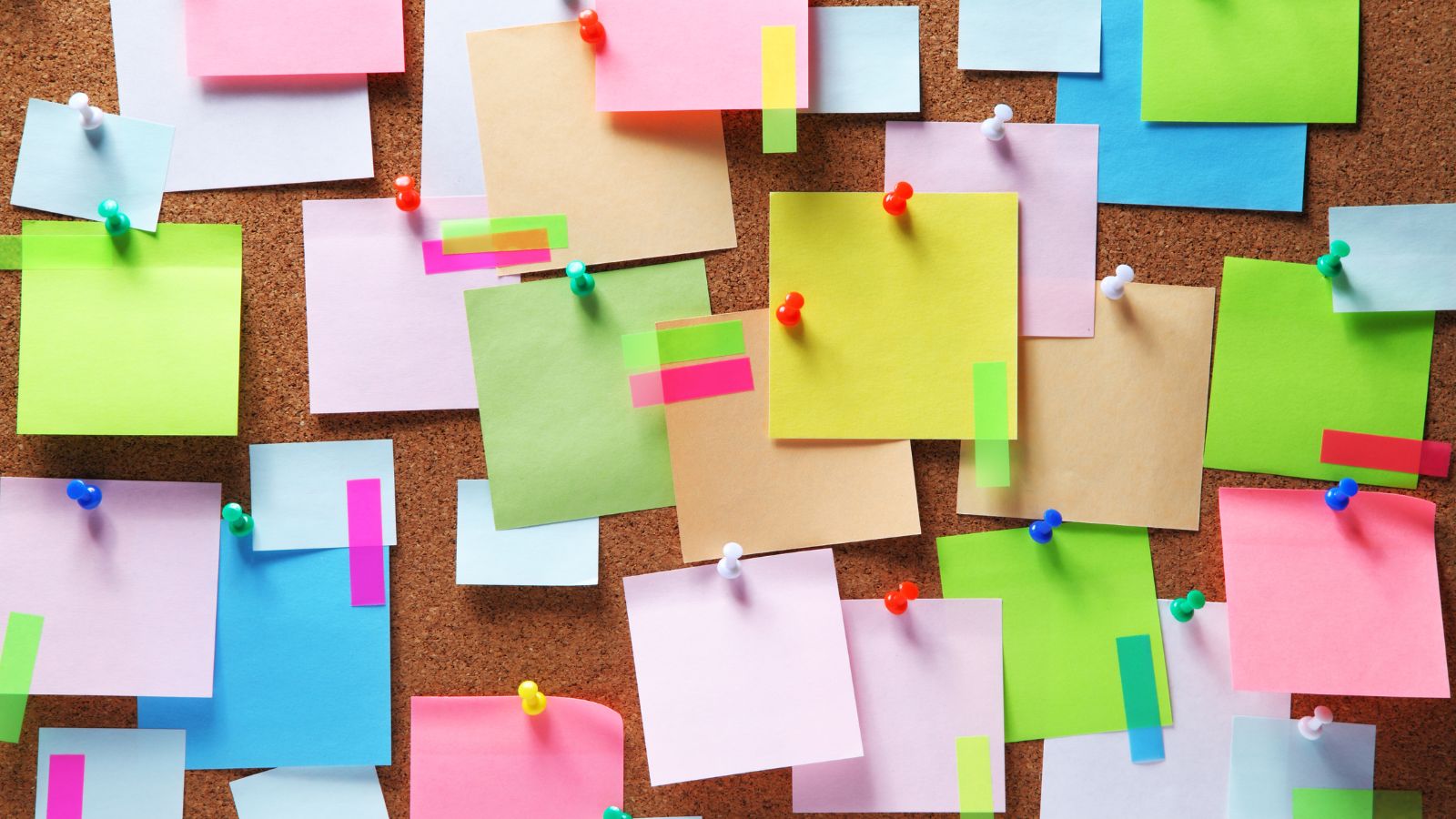
Spencer Silver, a 3M scientist, created a weak adhesive in 1968, which seemed useless at first. Years later, his colleague Art Fry used it to anchor his bookmark in his hymn book, leading to the creation of Post-it Notes. These sticky notes are now a staple in offices worldwide, and it was all down to an accident.
Microwave Oven
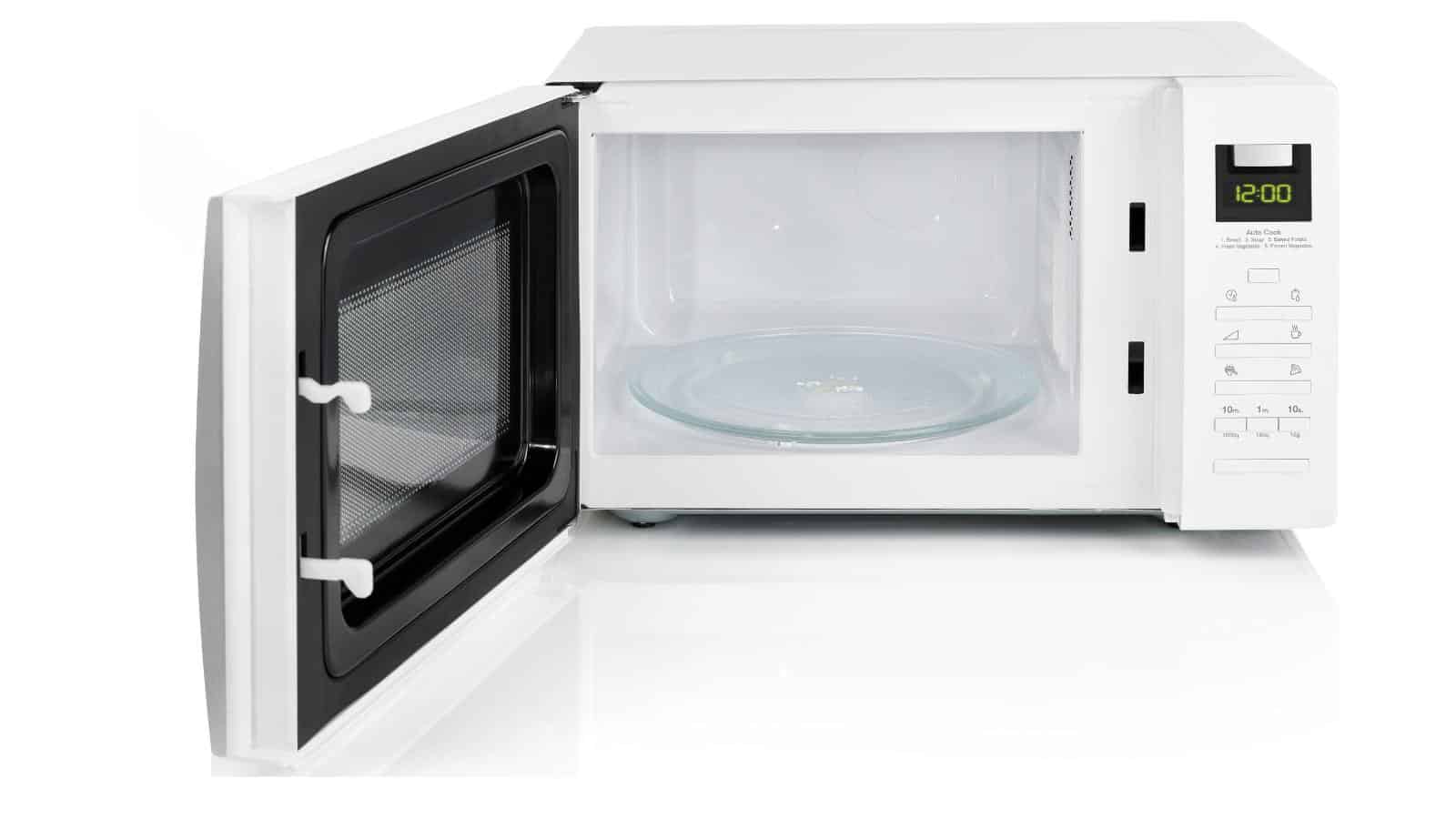
Percy Spencer, an engineer working on radar technology, noticed a chocolate bar in his pocket melted while he was testing a magnetron. Eventually, he realized the reason for this melting–the magnetron created heat. This curious incident led to the development of the microwave oven, which can be found in just about every kitchen today.
Teflon
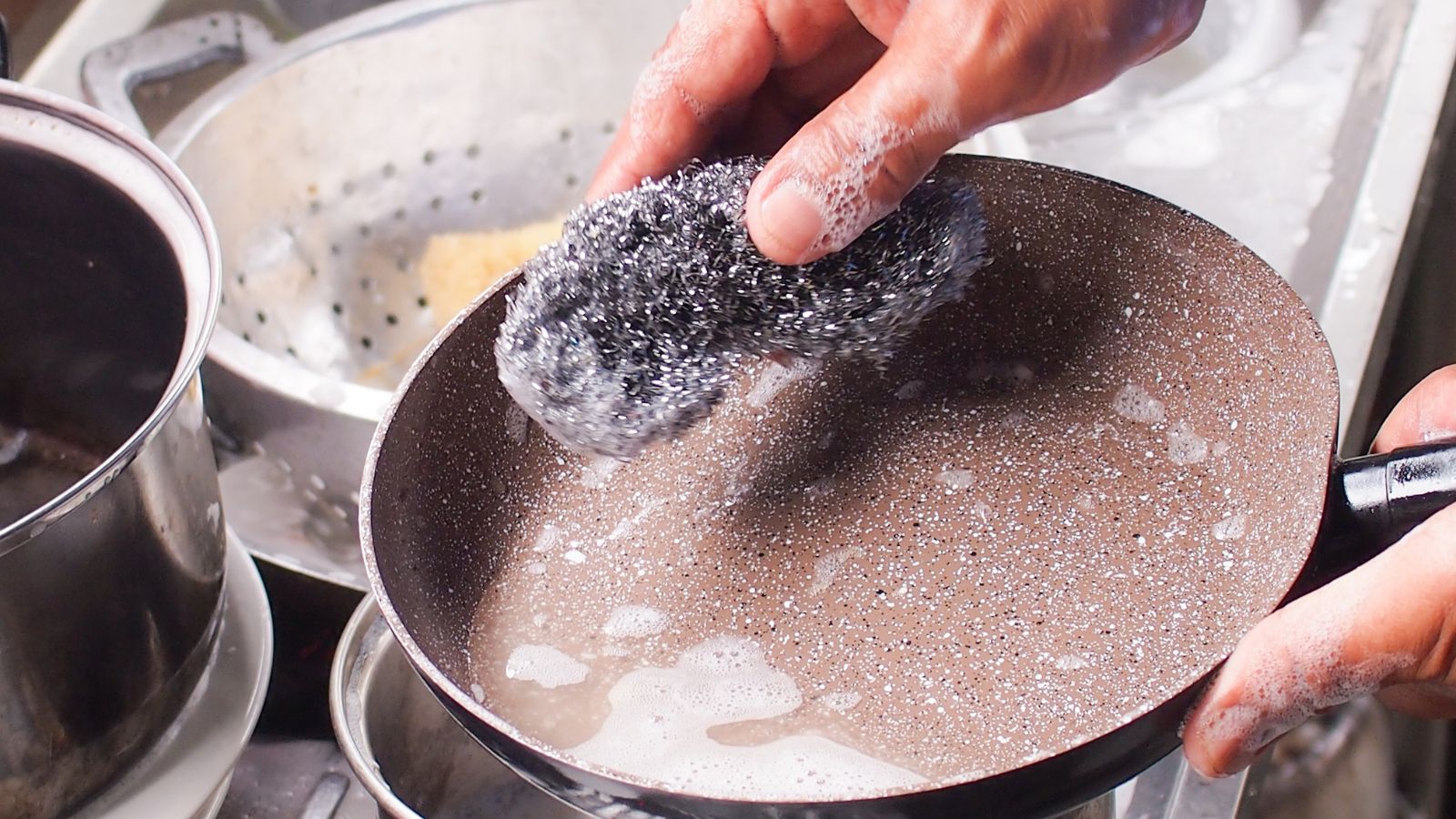
Back in 1938, a chemist named Roy Plunkett discovered Teflon by accident while working with refrigerants. He found a strange, slippery substance in a gas canister, which turned out to be polytetrafluoroethylene (PTFE). Teflon is now famous for its non-stick properties and is used in cookware and numerous industrial applications.
Velcro
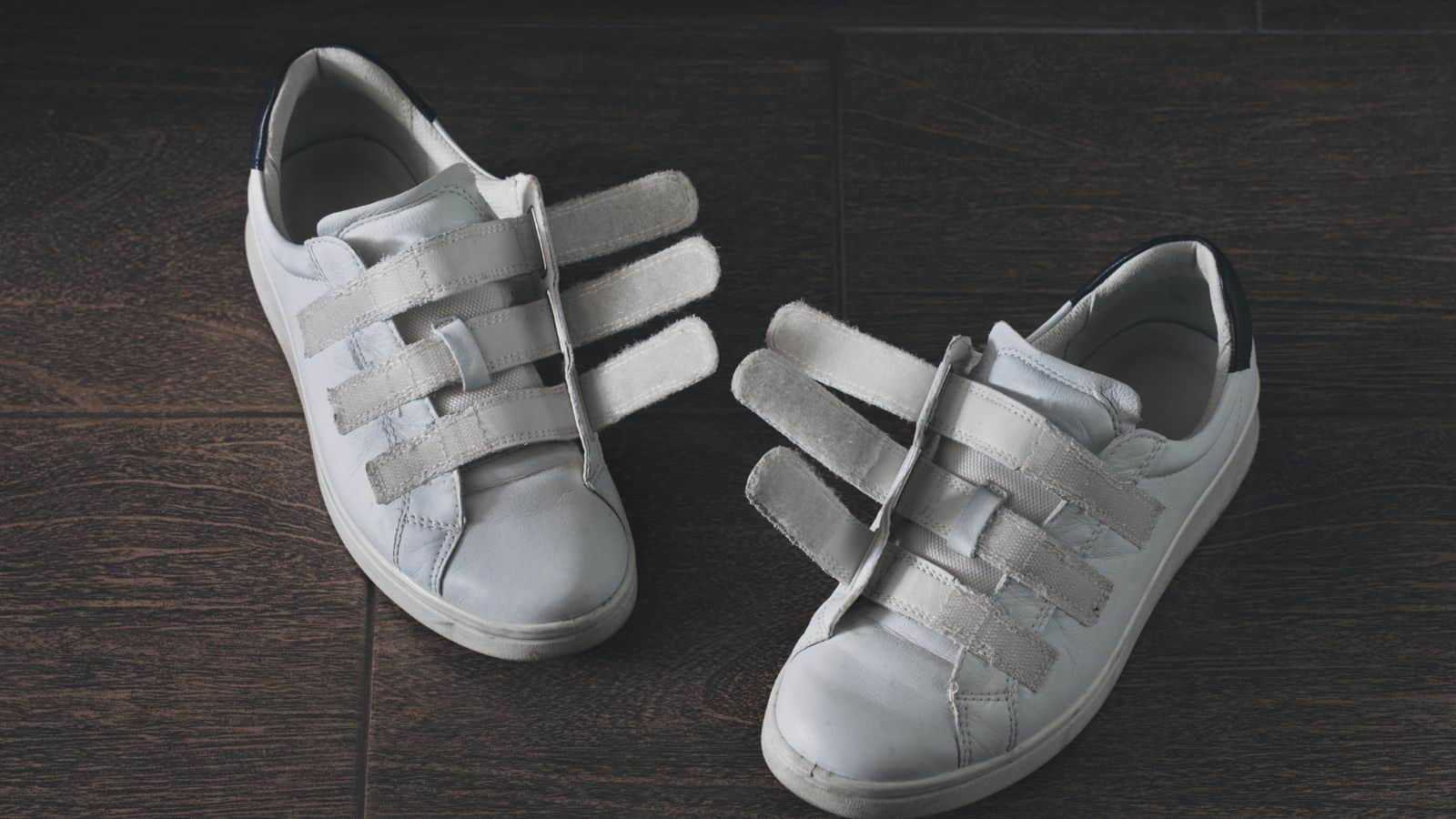
Swiss engineer George de Mestral invented Velcro after a walk in the woods in 1941. He noticed burrs sticking to his dog’s fur and examined them under a microscope. This observation led to the creation of the hook-and-loop fastener system, which is widely used in clothing, footwear, and various other products.
Saccharin
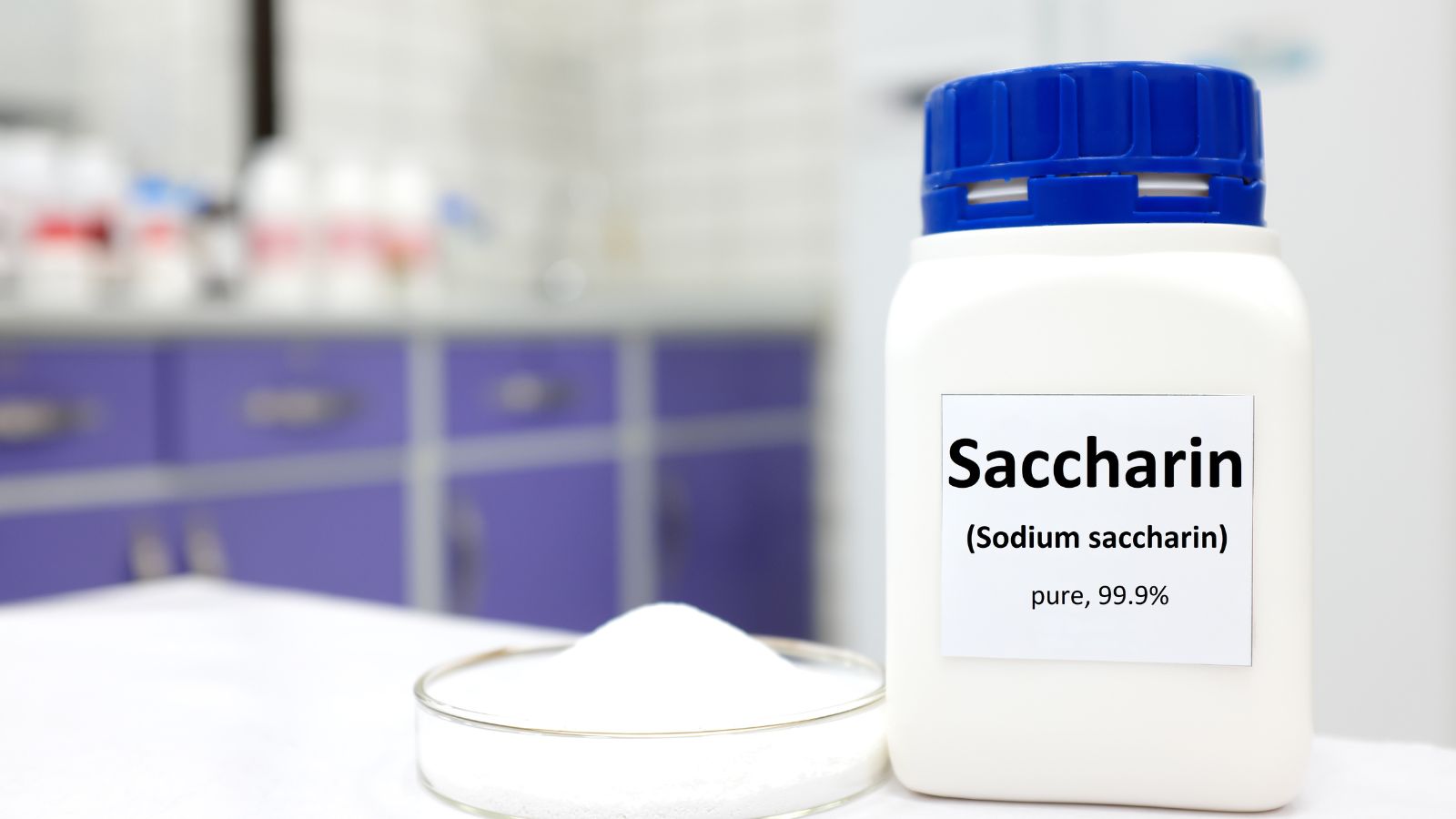
Constantin Fahlberg, a chemist, accidentally discovered saccharin in 1879 while working on coal tar derivatives. After a long day in the lab, he forgot to wash his hands and noticed a sweet taste on his fingers. This substance became the first artificial sweetener, revolutionizing the food industry.
X-rays

Another ingenious invention made by accident was X-rays, discovered by Wilhelm Conrad Roentgen in 1895 while experimenting with cathode rays. He noticed that a fluorescent screen in his lab started to glow even though it was not in the direct path of the cathode rays. This groundbreaking discovery led to him taking his X-ray studies further, ultimately transforming medical imaging and diagnostic techniques forever.
Play-Doh
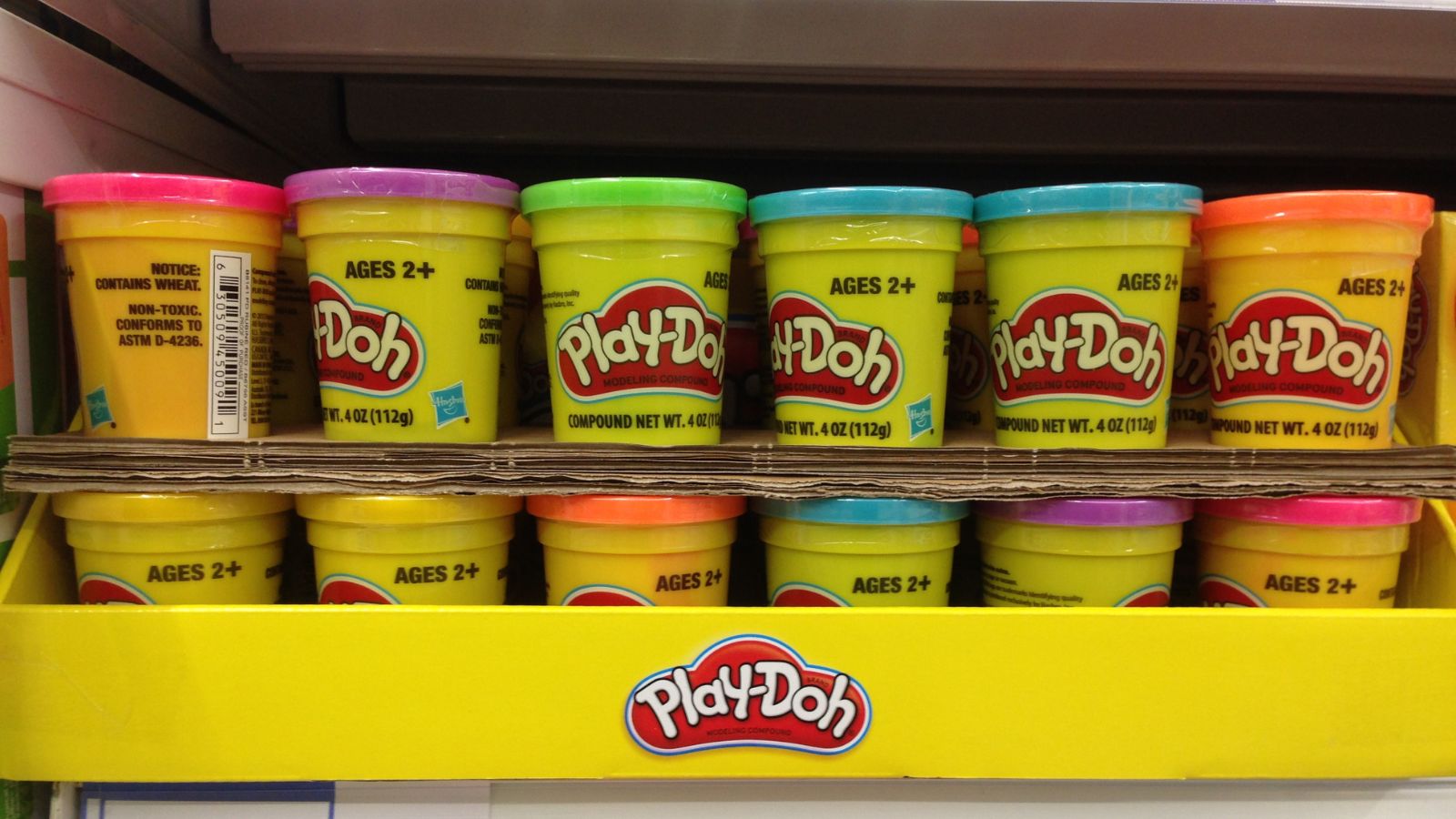
Originally created as a wallpaper cleaner in the 1930s, Play-Doh found a new purpose in the 1950s. Joe McVicker, whose family owned the compound’s manufacturing company, realized its potential as a non-toxic modeling clay for children. Even today, almost 100 years later, Play-Doh is still a beloved creative toy for kids worldwide.
Cornflakes
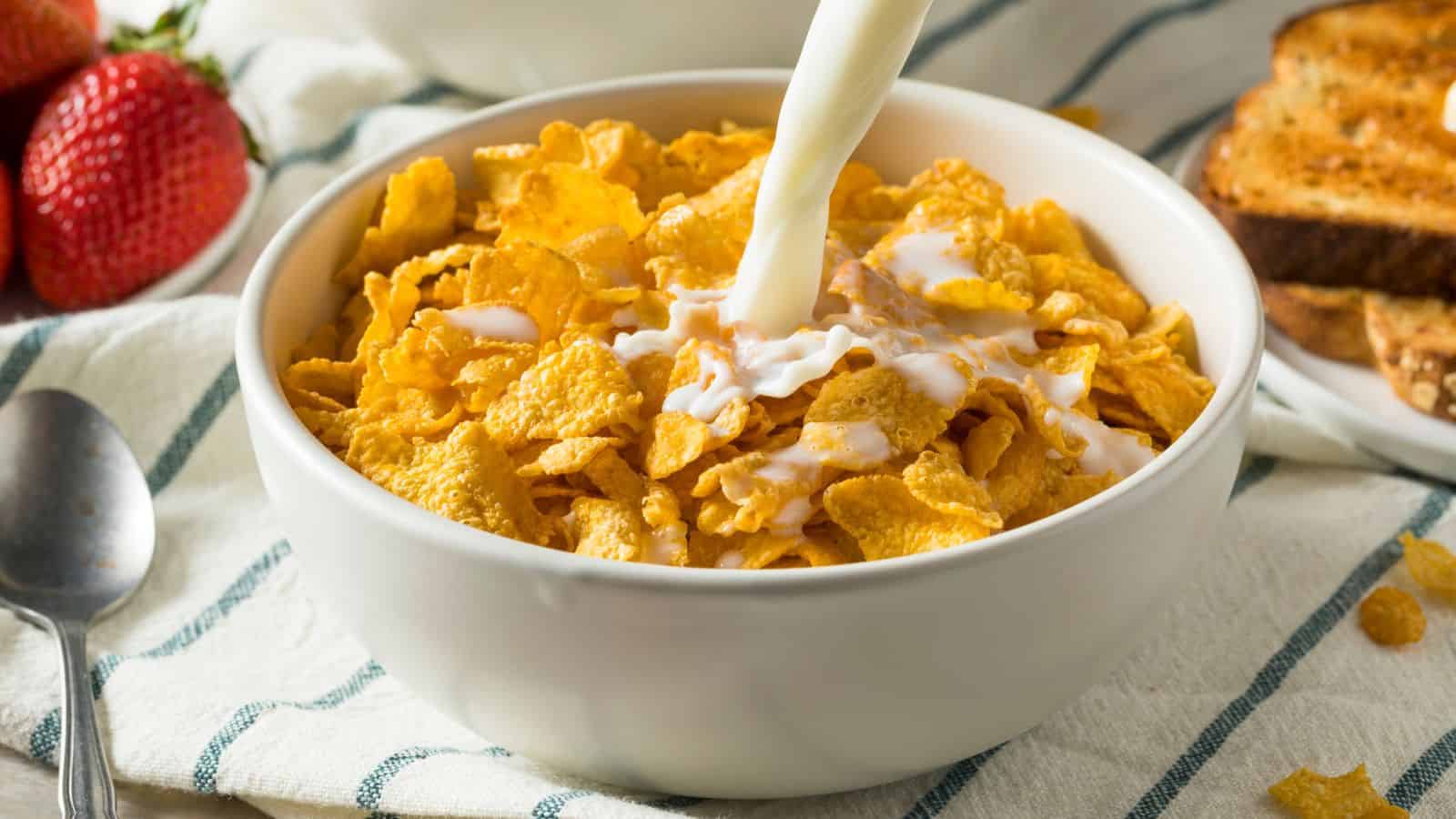
Believe it or not, back in 1894, Dr. John Harvey Kellogg and his brother Will Keith Kellogg accidentally left boiled wheat to sit and become stale. They decided to roll the hardened wheat, creating flakes that they then toasted. This process eventually led to the creation of cornflakes, a popular breakfast cereal, as well as kick-starting the famous Kellogg’s brand.
Safety Glass
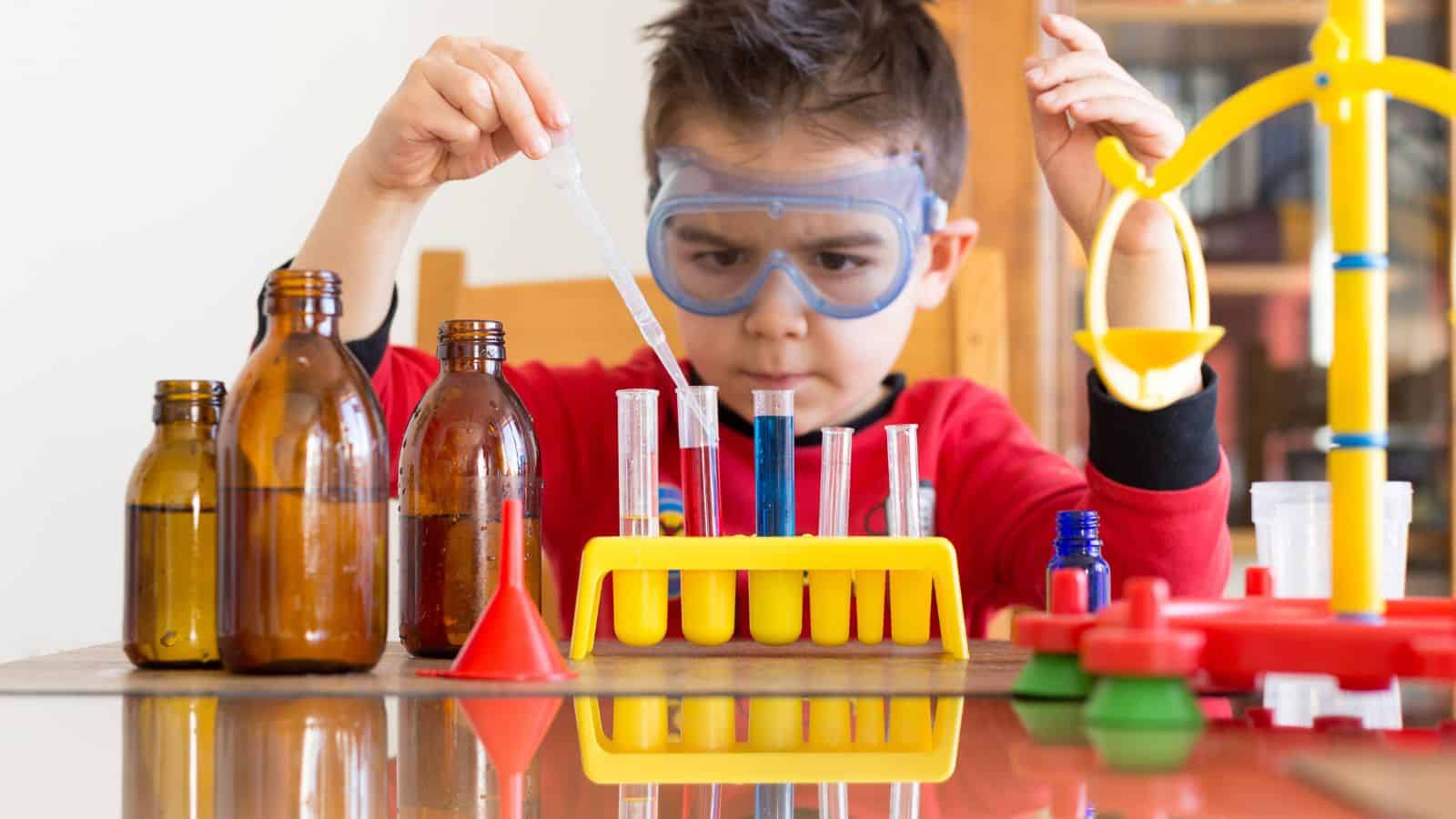
Édouard Bénédictus, a French chemist, invented safety glass in 1903 after accidentally dropping a glass flask coated with plastic cellulose nitrate. The flask cracked but did not shatter, inspiring Bénédictus to develop shatterproof glass. This innovation is now crucial in automotive and architectural applications, something that Bénédictus never could have expected.
Plastic
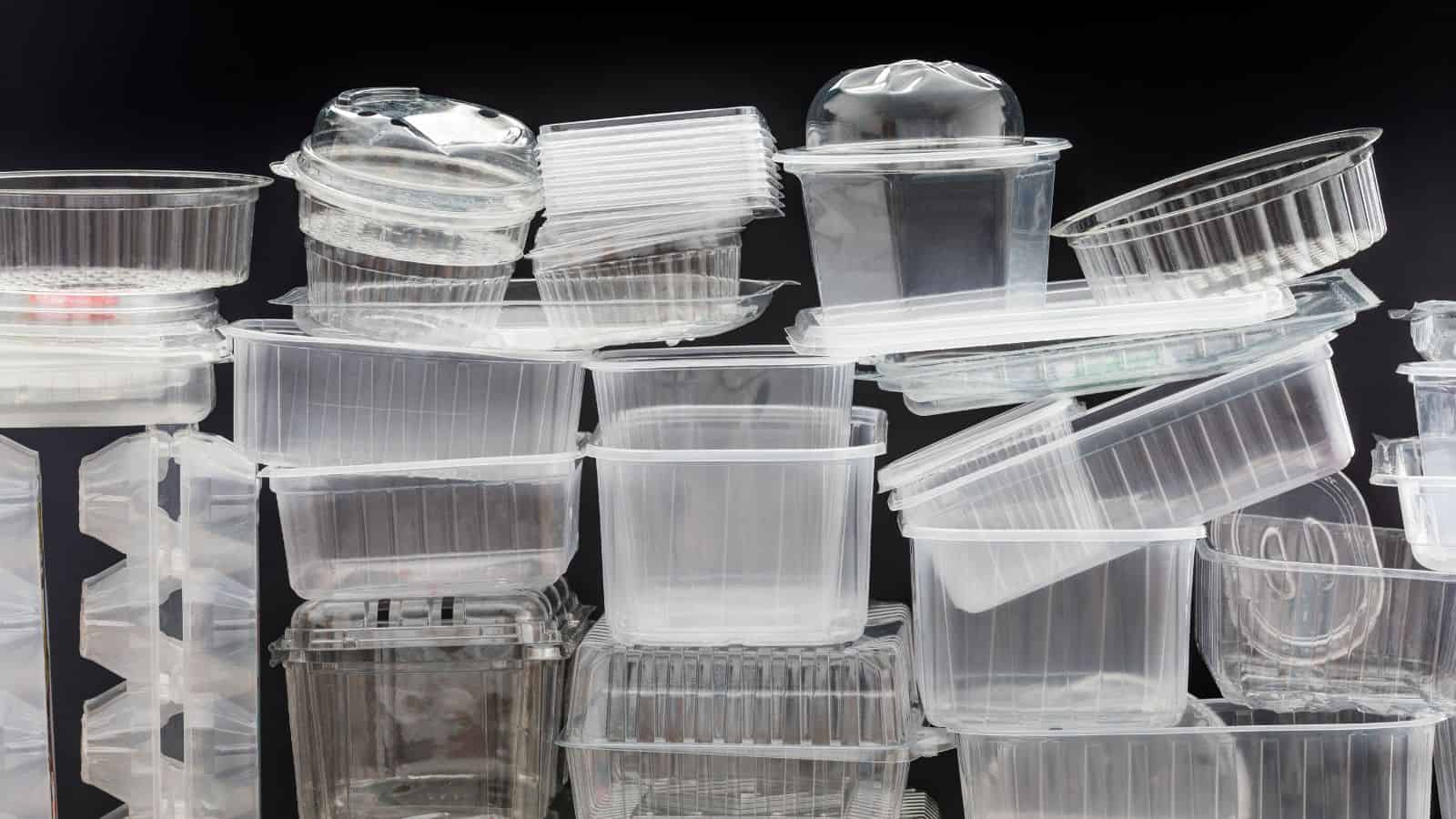
In 1907, Belgian chemist Leo Baekeland was attempting to create a substitute for shellac, a natural electrical insulator. Instead, he accidentally created Bakelite, the first synthetic plastic. This invention paved the way for the modern plastics industry, transforming countless products and manufacturing processes. Sadly, he didn’t recognize the damage his accidental invention would eventually have on the planet.
Anesthesia
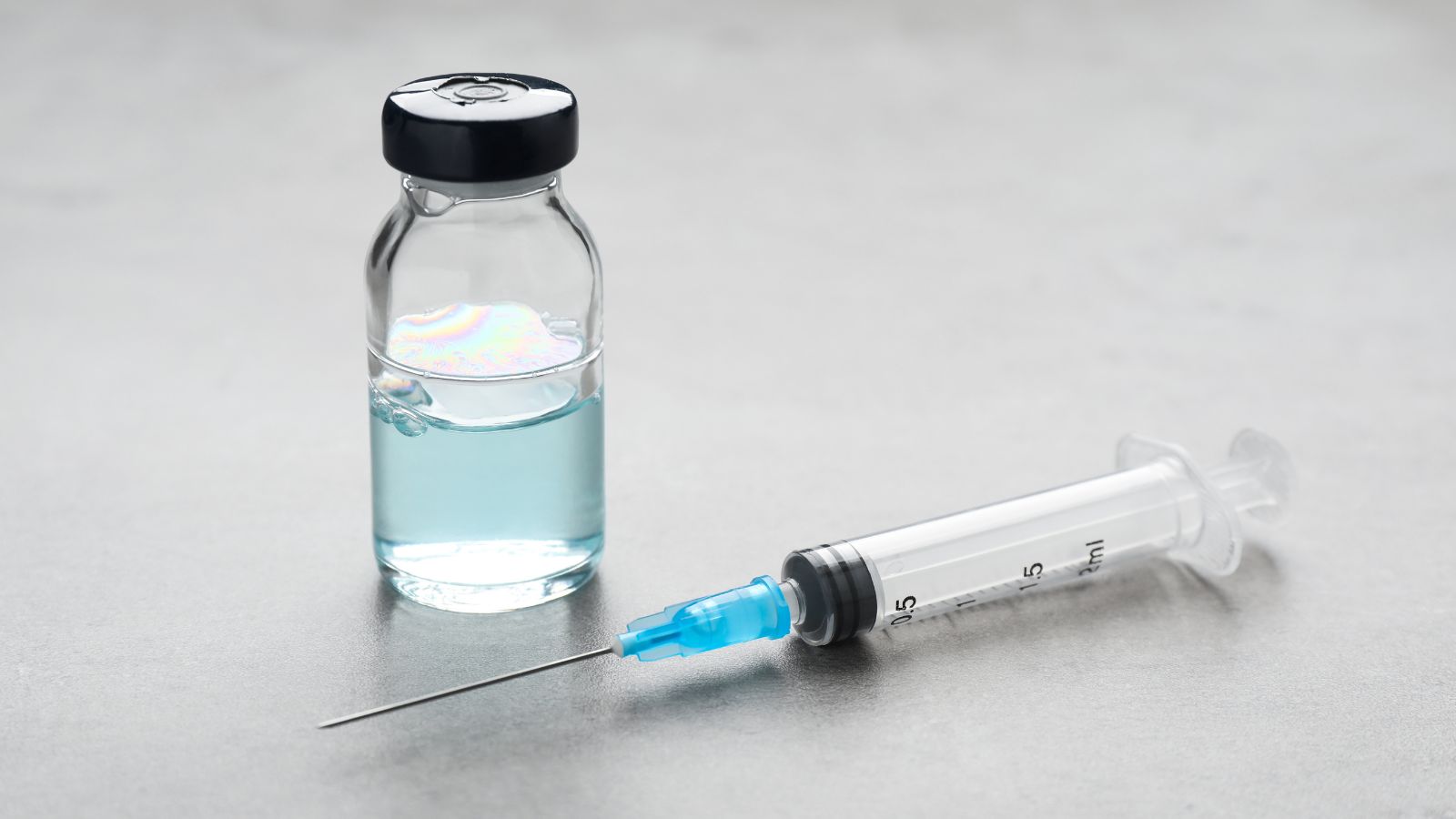
Similar to Penicillin, dentists Horace Wells and William Morton discovered anesthesia’s potential while experimenting with nitrous oxide and ether in the 1840s. They noticed that patients under the influence of these substances felt no pain during dental procedures, a discovery that eventually revolutionized surgery and pain management.
Matches
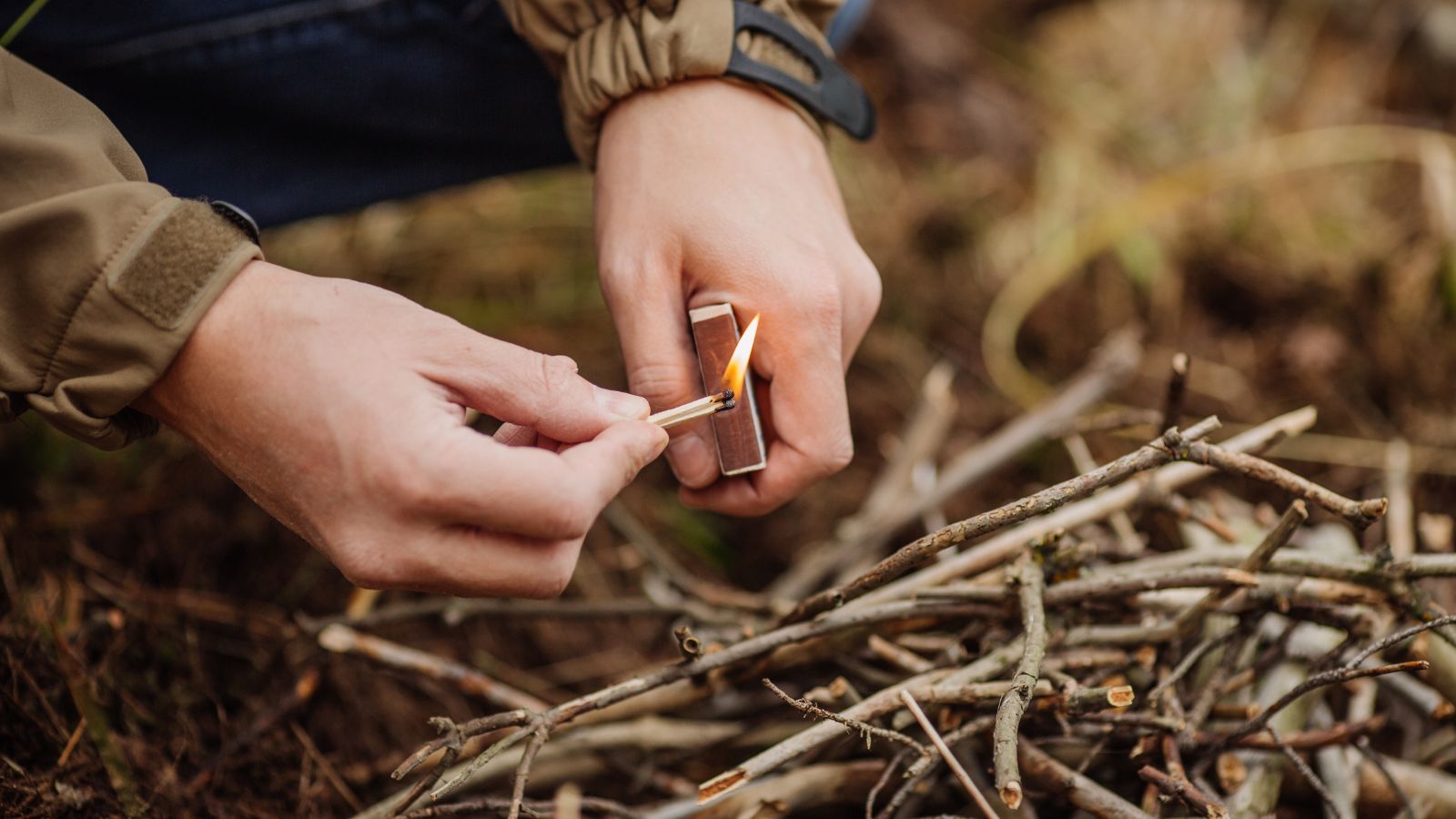
In 1826, John Walker, a British pharmacist, was stirring a pot of chemicals when he noticed a dried lump on the end of his stirring stick. When he tried to scrape it off, it ignited, much to his surprise. This serendipitous event led to the creation of the first friction matches, simplifying fire-starting and preventing the need for cumbersome flint and steel.
Super Glue
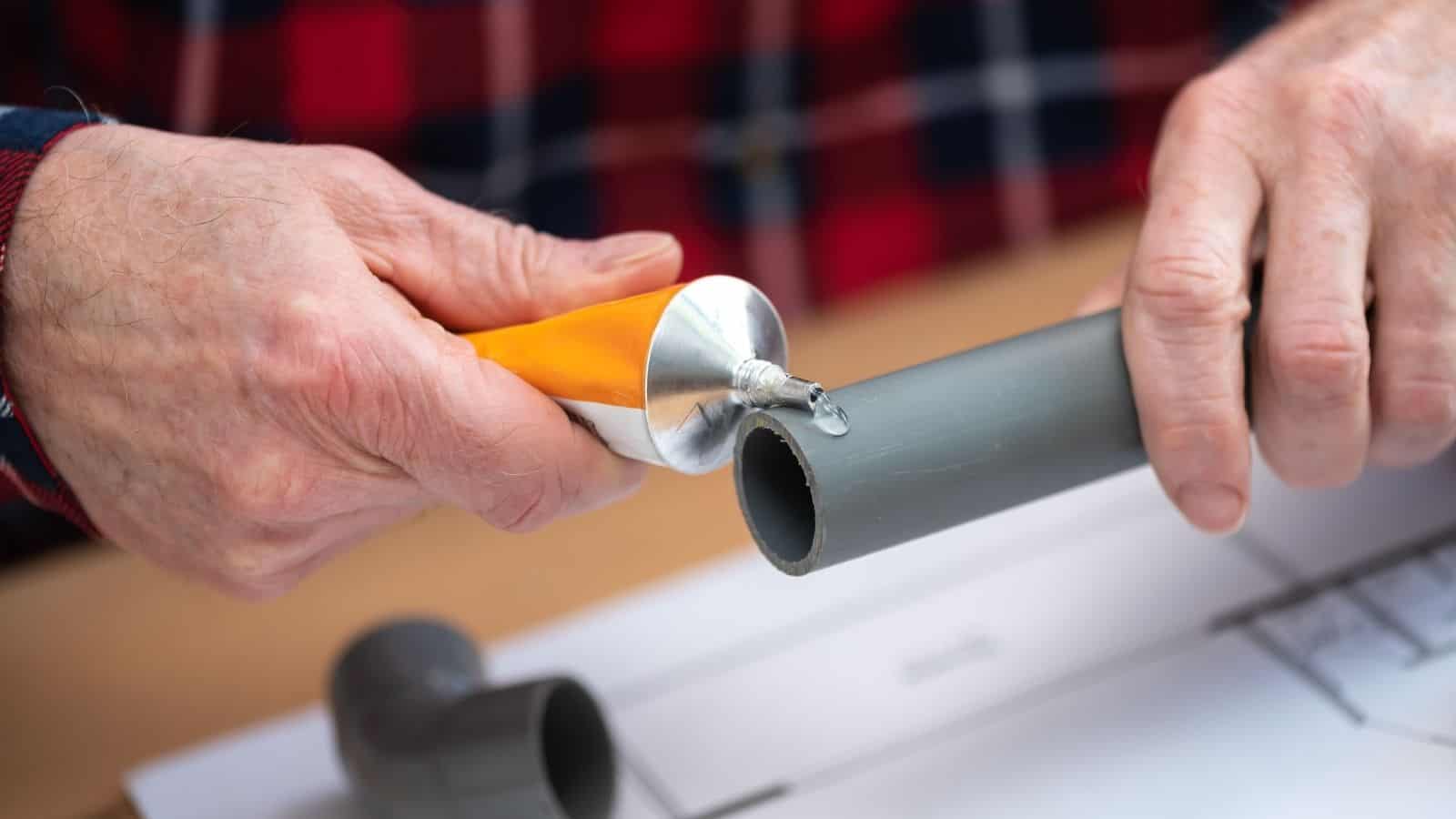
During World War II, Dr. Harry Coover was attempting to develop clear plastic gun sights and accidentally created a sticky substance. This was cyanoacrylate, later known as Super Glue. Initially deemed a failure, it was eventually recognized for its powerful adhesive properties and became a household staple.
Vulcanized Rubber
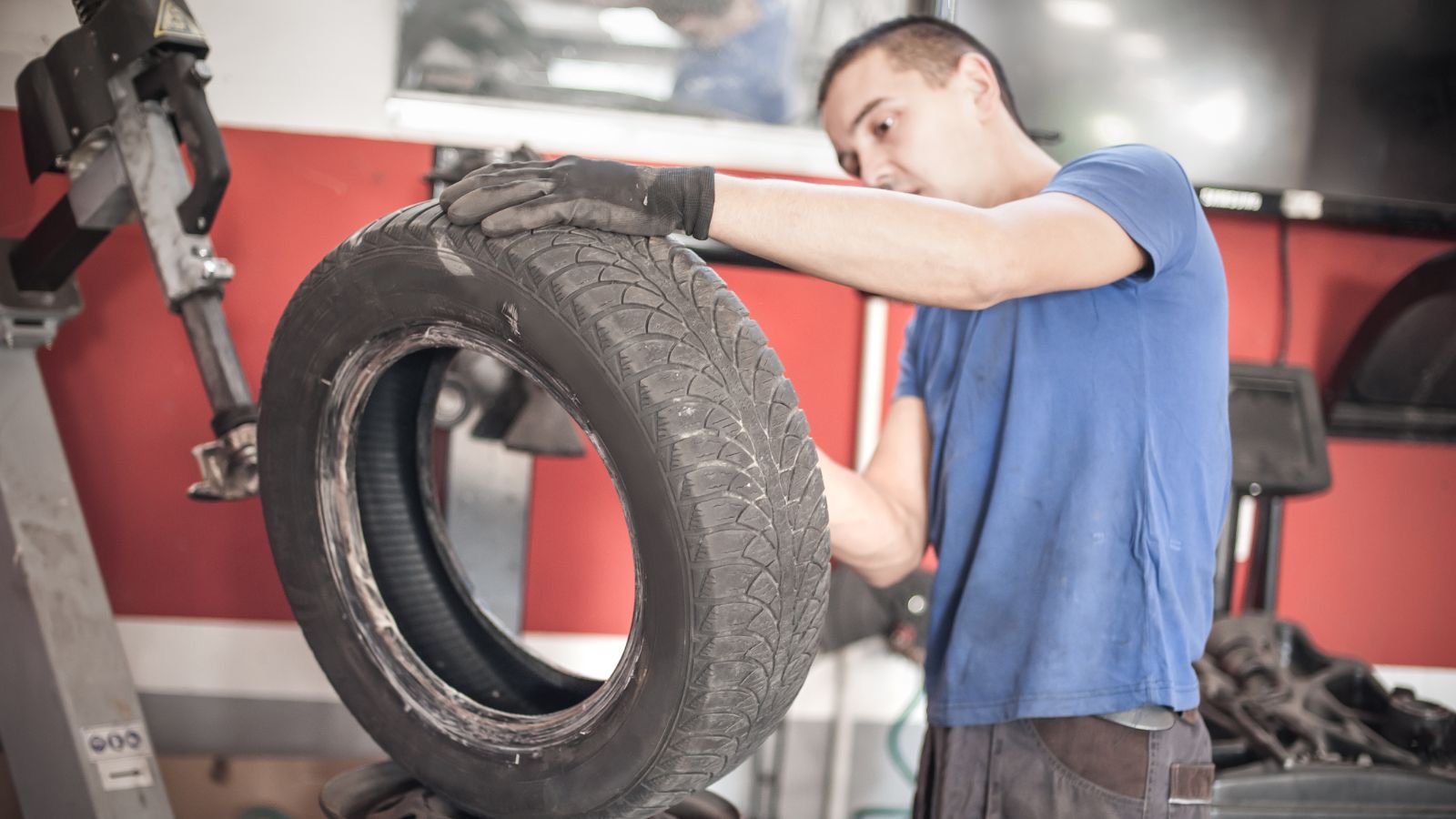
Without Charles Goodyear’s accidental invention of vulcanized rubber in 1839, the world would be a very different place. He discovered it when he dropped a rubber-sulfur mixture onto a hot stove, with the heat transforming the mixture into a durable, elastic material. This discovery revolutionized the rubber industry, leading to the production of tires, waterproof clothing, and many other products.
Coca-Cola
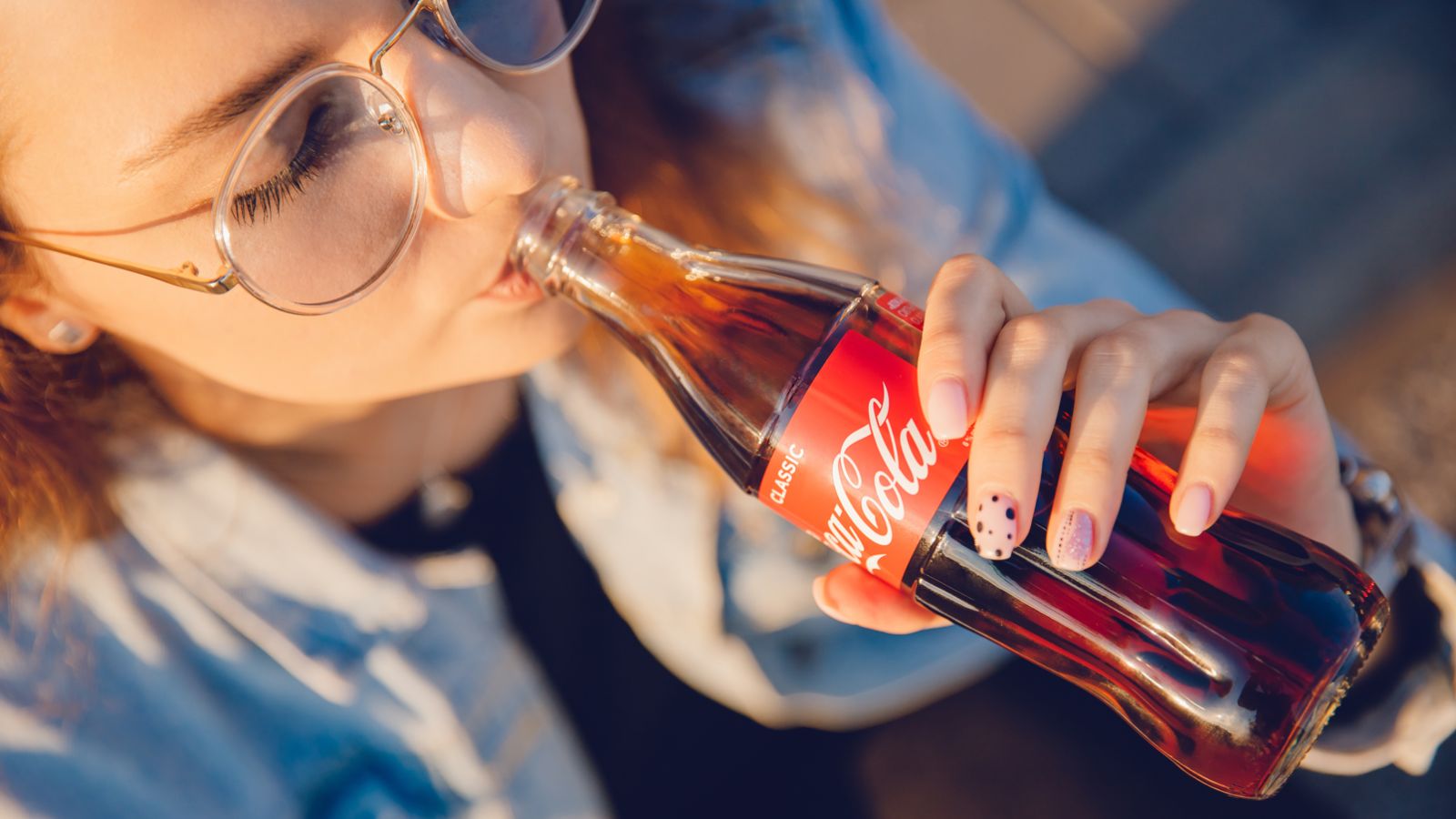
Perhaps the most famous invention on this list is Coca-Cola, which was accidentally invented in 1886 by pharmacist John Pemberton. He was attempting to make a medicinal tonic, mixing coca leaf extract and kola nut extract with carbonated water. While the drink did have some (questionable) medical properties, it was ultimately a refreshing beverage instead, one that went on to become the world’s most popular soft drink.

